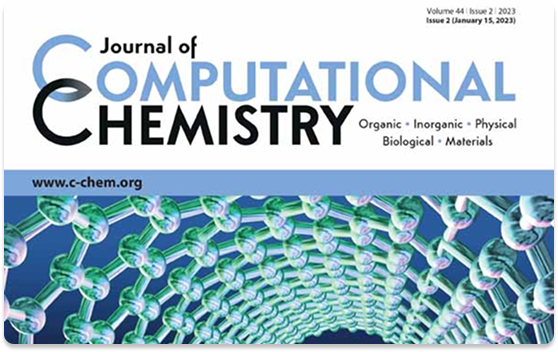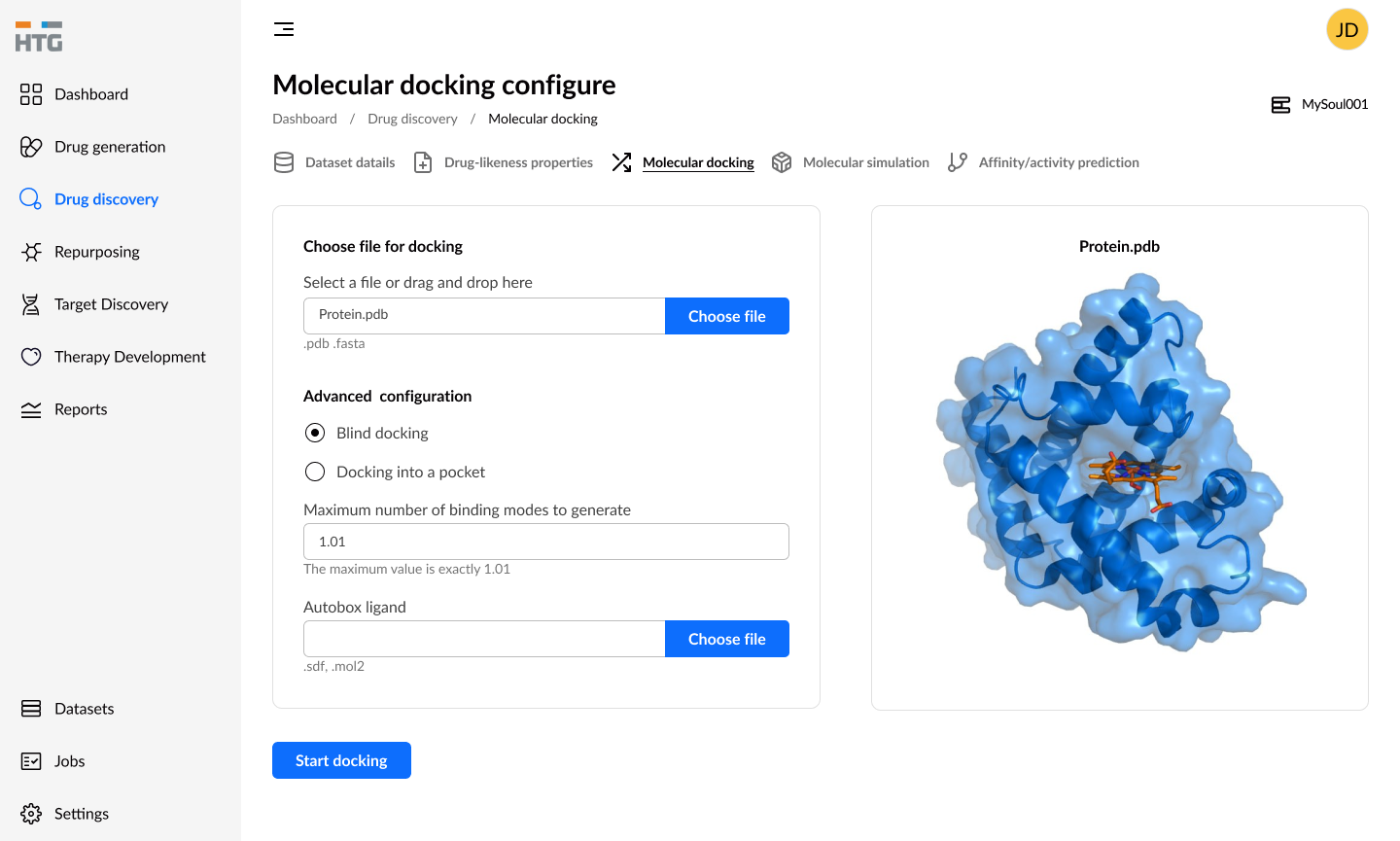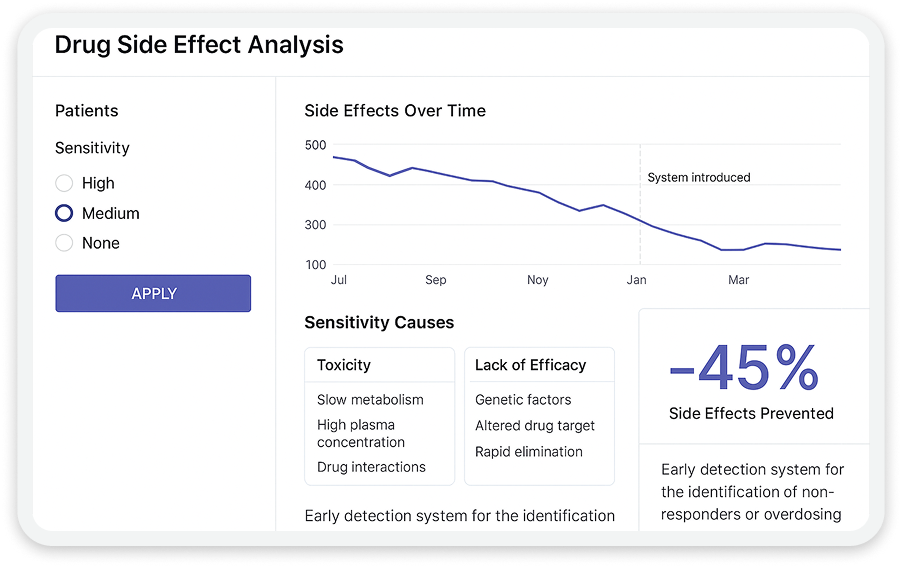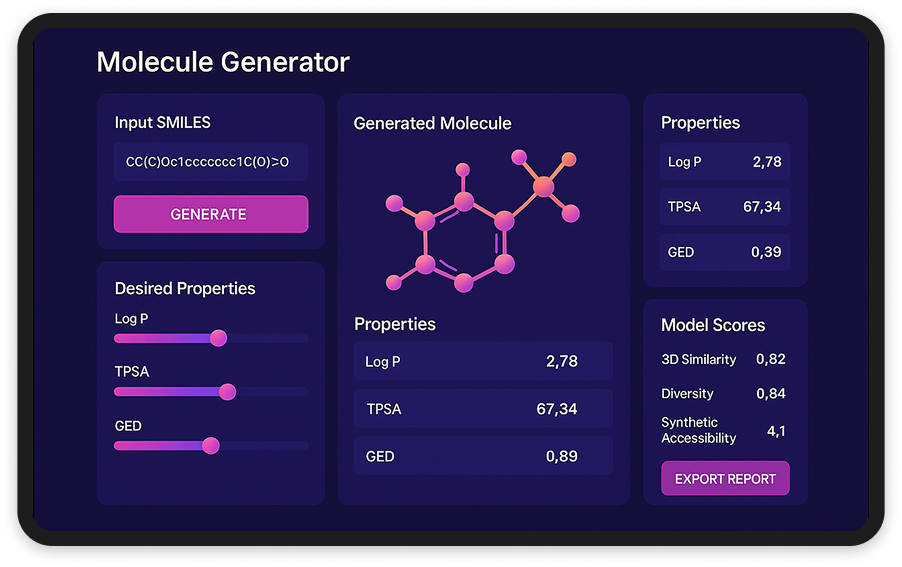A deep learning approach using graph neural networks (GNNs) has been proposed to predict protein-drug binding affinity. The model represents both proteins and drug molecules as graphs, processes them through separate subnetworks, and combines the outputs for affinity regression. It is trained on PDBbind and RCSB Protein Data Bank datasets.
To evaluate the model’s generalization capabilities, six different test/train partitioning strategies were applied, including time-based and clustered splits, along with k-fold cross-validation. The study highlights the importance of rigorous performance assessment and provides code for reproducibility.
Takeaways:
- Graph Neural Network for Drug Discovery: A deep learning model using graph neural networks (GNNs) was developed to predict protein-drug binding affinity.
- Graph-Based Molecular Representation: Both proteins and drug molecules are represented as graphs, processed through separate subnetworks, and combined for affinity regression.
- Diverse Training Data: The model was trained on two datasets—PDBbind and RCSB Protein Data Bank—covering a wide range of binding affinities.
- Rigorous Evaluation Strategies: Six different test/train data partitioning strategies, including random, time-based, and protein-/ligand-clustered splits, were applied along with k-fold cross-validation.
- Performance Assessment: The study highlights the importance of proper evaluation techniques to ensure robust model generalization across diverse molecular structures.
- Open-Source Implementation: The code is publicly available on GitHub, promoting transparency and reproducibility in AI-driven drug discovery research.





